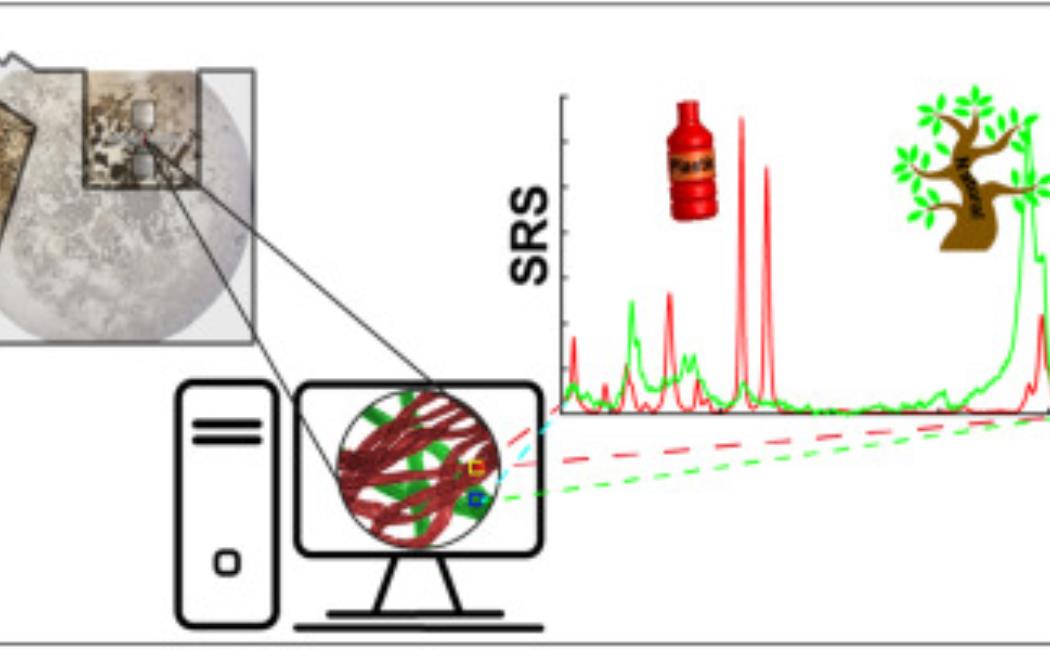
16 September, 2020
'Stimulated Raman microspectroscopy as a new method to classify microfibers from environmental samples'
Microfibers are reported as the most abundant microparticle type in the environment. Their small size and light weight allow easy and fast distribution, but also make it challenging to determine their chemical composition. Vibrational microspectroscopy methods as infrared and spontaneous Raman microscopy have been widely used for the identification of environmental microparticles. However, only few studies report on the identification of microfibers, mainly due to difficulties caused by their small diameter. Here we present the use of Stimulated Raman Scattering (SRS) microscopy for fast and reliable classification of microfibers from environmental samples. SRS microscopy features high sensitivity and has the potential to be faster than other vibrational microspectroscopy methods. As a proof of principle, we analyzed fibers extracted from the fish gastrointestinal (GIT) tract, deep-sea and coastal sediments, surface seawater and drinking water. Challenges were faced while measuring fibers from the fish GIT, due to the acidic degradation they undergo. However, the main vibrational peaks were still recognizable and sufficient to determine the natural or synthetic origin of the fibers. Notably, our results are in accordance to other recent studies showing that the majority of the analyzed environmental fibers has a natural origin. Our findings suggest that advanced spectroscopic methods must be used for estimation of the plastic fibers concentration in the environment.
Link: https://doi.org/10.1016/j.envpol.2020.115640